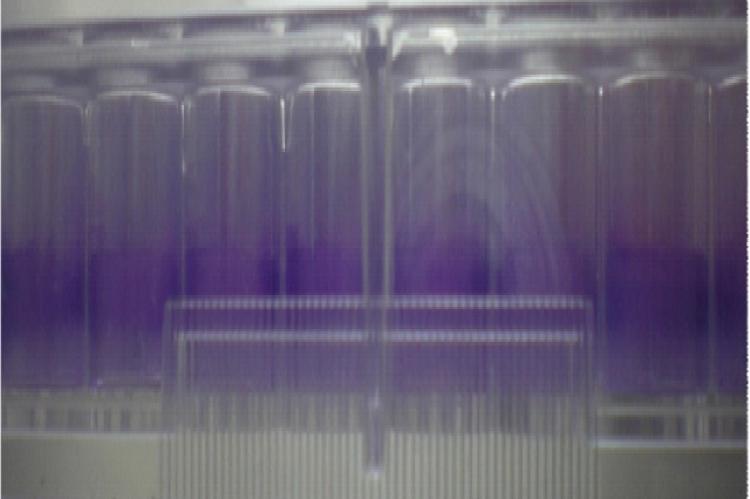Bacteria in a biofilm are highly resistant to the antimicrobials and are responsible for the chronicity and persistence of infection. The MIC and minimum biofilm inhibitory concentrations (MBIC) of aminoglycoside, quinolone and cephalosporin antibiotics were tested against reference strains of Staphylococcus aureus, Pseudomonas aeruginosa and Escherichia coli. The aminoglycoside antibiotics amikacin and gentamicin were effective against Staphylococcus biofilm formation. In certain cases they even showed higher activity towards the biofilm bacteria than to the planktonic cells. The effect of antibiotic concentration on biofilm persistence was studied. Ciprofloxacin was found to induce biofilm persistence in all the tested bacteria. Cephalosporin was found to promote the biofilm persistence inone of the S. aureus strains while this was not showing any significant change with respect to other organisms. Aminoglycosides were not favoring biofilm persistence in any of the bacteria and they inhibited biofilm formation in one of the S. aureus strain.
View:
- PDF (1.2 MB)


